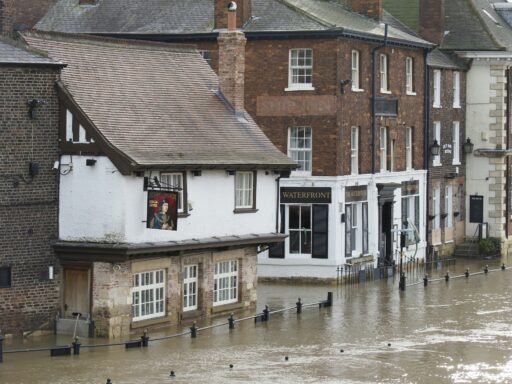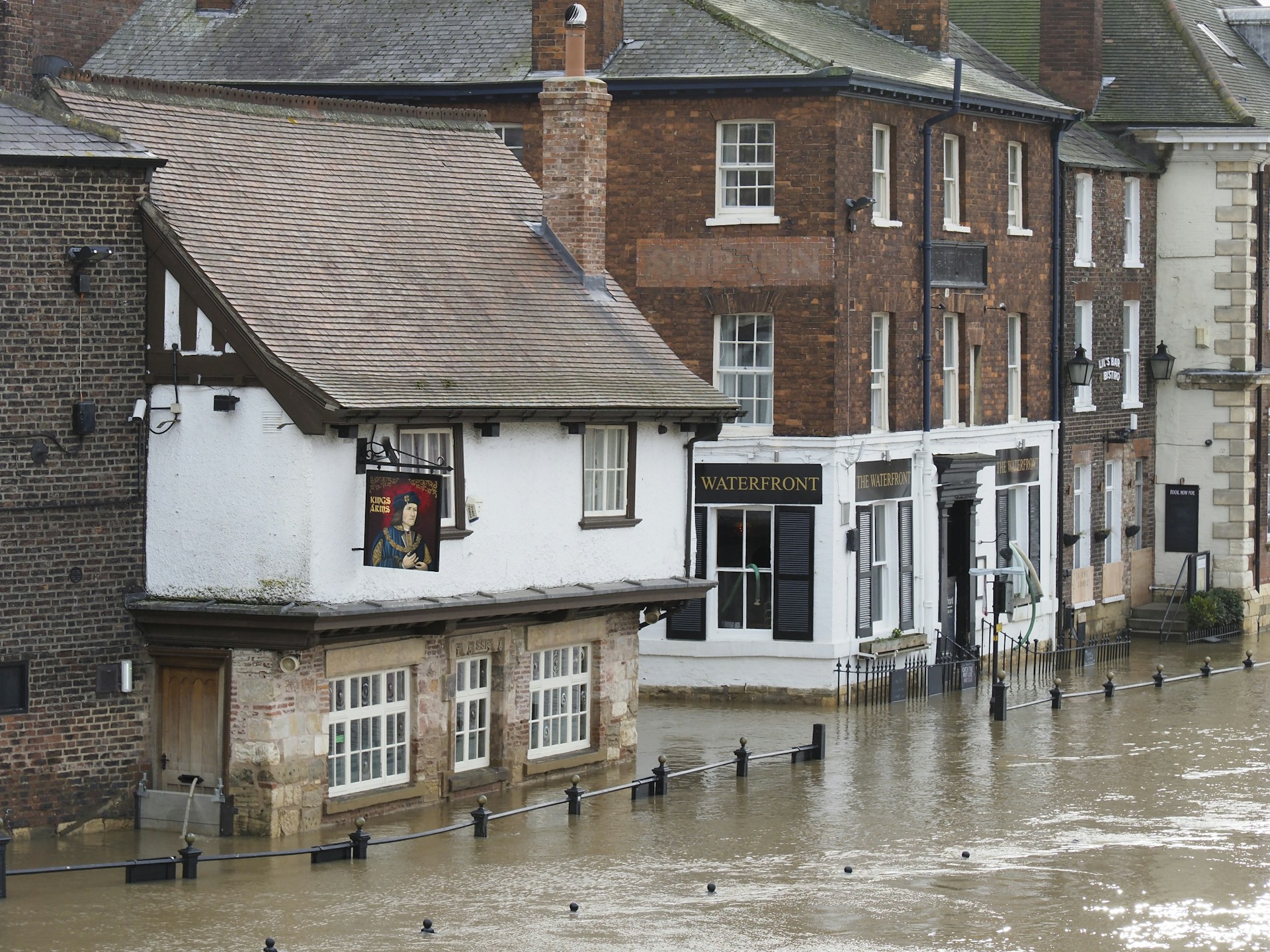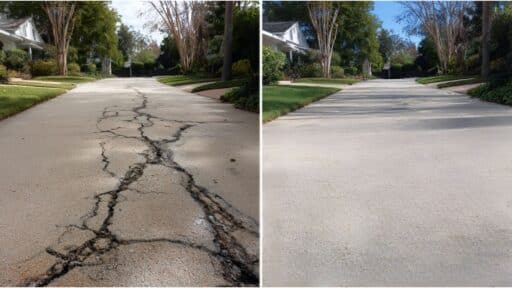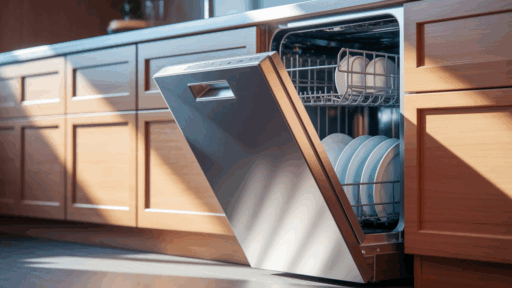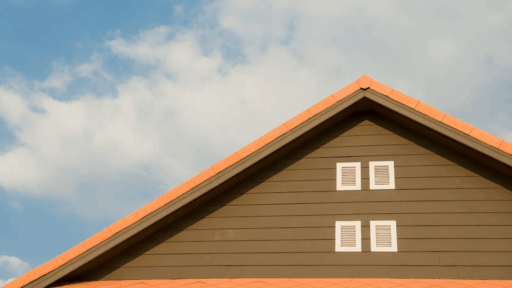Floodwater affects your foundation differently from the rest of your home. While surface damage is visible and gets immediate attention, foundation problems develop over weeks and months. The soil around your foundation absorbs massive volumes of water during flooding, causing pressure and movement that concrete wasn’t designed to bear. Most homeowners complete their flood restoration without ever considering what’s happening beneath the ground level. Foundation damage from flooding is both common and costly once it progresses. In this guide, Manhattan Foundation Repair Specialists covers the risks of ignoring foundation issues and outlines the essential steps after a flood.
Consequences of Ignoring Foundation Problems
When flood damage affects your foundation, the problems don’t stop there and quickly spread throughout your home. Ignoring the warning signs sets off a chain reaction that eventually leads to complete foundation collapse.
Here are the main consequences of neglecting foundation problems:
Structural Damage
Your home’s foundation supports every part of your house above it. When problems develop, the damage moves upward through walls, floors, and ceilings. You’ll start seeing diagonal cracks running across your walls that get bigger each season. Doors and windows start sticking or won’t close properly because the frames become warped. In such situations, foundation repair is necessary when these structural changes make rooms unsafe to live in.
Rising Repair Costs
Minor foundation issues are much cheaper to fix if you catch them in time. You can seal small cracks with basic techniques and ordinary materials. But ignoring these subtle warning signs leads to extensive damage requiring heavy construction work. If foundation problems spread, complex repairs involving specialized equipment and materials become necessary. The difference in cost between early intervention and procrastination can be enormous. Delaying too long usually means fixing issues affecting multiple systems in your home.
Mold Growth Risks
Water finds its way through foundation cracks into dark, hidden areas of your home. These damp spaces breed harmful mold that spreads through your air system. Your family members can have respiratory problems or fight worsening allergies without knowing why. Once you call in flood damage restoration professionals, they remove contaminated material and disinfect wet areas with EPA-approved equipment. The wooden parts of your home start to decay when they’re kept wet for extended periods. However, complete remediation can tear out flooring, walls, and insulation sections that cannot be saved.
Settling and Sinking
The ground beneath your foundation gradually shifts due to weather, drainage, and natural soil movement. This causes your house to settle unevenly, with certain areas sagging lower than others. It becomes uncomfortable to walk around your home as the floors create noticeable dips and slopes. Your exterior chimney may pull away from the main structure, creating dangerous gaps. Concrete sidewalks and steps around your house develop major cracks that create tripping hazards.
Plumbing Issues
Your plumbing system depends on solid foundation support to function optimally. Foundation movement exerts tremendous pressure on underground pipes and water lines. Pipes crack, break, or loosen at joints when the foundation shifts beneath them. Water leaks from damaged plumbing also worsen foundation problems by saturating the surrounding soil. Foundation repair often includes extensive plumbing repairs to replace burst pipes and restore proper water flow.
Potential Drop in Property Value
Home buyers become very cautious once they find that there has been previous flood damage to a home’s foundation. They understand that water damage presents ongoing risks that may not be immediately visible during home tours. Even insurance firms treat flood-damaged homes differently, making the coverage more expensive and harder to obtain. That said, your property value takes a big hit once potential buyers consider the potential for future foundation problems or collapse.
Tips on Restoration After a Flood
When your home is flooded, the right action at the right time can salvage your belongings and keep your loved ones safe. Below are the key steps
Put Your Safety Above All Else
Your personal safety is of utmost importance when dealing with flood aftermath. Wait for official permission from emergency services before entering your home, even if you have the itch to check the damage right away. Another thing you need to make sure of is that you switch off all power at the main breaker before you enter any wet areas. Wear proper protective gear like rubber boots, gloves, and long sleeves whenever you enter flooded areas.
Contact Your Insurance Company
Notify your insurance provider as soon as the water recedes. Most basic homeowner policies do not include coverage for flooding, so it’s your responsibility to find out what protection you do have. It’s always better to document everything with photos before you begin any cleanup work. The claim process takes time because inspectors need to come to your house. Starting this process early raises your chances of getting help sooner.
Begin Water Extraction and Drying
Removing standing water quickly avoids additional damage to your home structure. Use whatever equipment you have with you, such as buckets, pumps, or wet/dry vacuums, to extract water safely. Place fans in areas that are wet and open windows during favorable weather to increase air circulation. The sooner you dry your home, the less damage you will experience in the future.
Prevent Mold and Bacterial Growth
Mold develops within 24 to 48 hours in wet conditions, so act fast. Remove and dispose of any material that’s been wet for more than two days, including carpets, mattresses, and upholstered furniture. Then, move salvageable items to a dry area where you can sort and clean them properly. These tough decisions now protect your family’s health and prevent more complex problems. Acting quickly helps you recover more of your valuable belongings in the long run.
Disinfect All Flooded Areas
Floodwater carries dangerous bacteria, sewage, and harmful chemicals that are dangerous to health. Prepare a cleaning solution of one gallon of clean water and one cup of bleach. Protective equipment like gloves and masks must always be used when disinfecting infected surfaces. Never combine bleach with any other cleaning solution because this creates toxic fumes that might harm you.
Arrange for Professional Repairs and Restoration
Once your home is spotless and dry, you can start making arrangements for repairs that are necessary. Have a qualified house inspector examine your foundation, electrical, and plumbing systems to identify all of the damage. Professional flood damage restoration experts can handle everything from start to finish for you, which will save you time and frustration. They know how to locate hidden problems that regular contractors might miss. Keep in mind that it’s generally cheaper to have experienced professionals perform the work than it would be for you to handle multiple repair teams yourself.
Act Early to Avoid Collapse
Foundation damage never stops growing after a flood. Every day without professional inspection gives water more time to weaken your home’s support structure. The window for affordable repairs closes quickly once foundation problems take hold. When you wait too long, minor foundation problems become major ones quickly. The best time to fix foundation problems is before they become expensive disasters. Don’t let water damage destroy your home from the foundation up. You should do something today while repairs are affordable and straightforward. Your home depends on a strong foundation, and your foundation depends on your prompt action.

